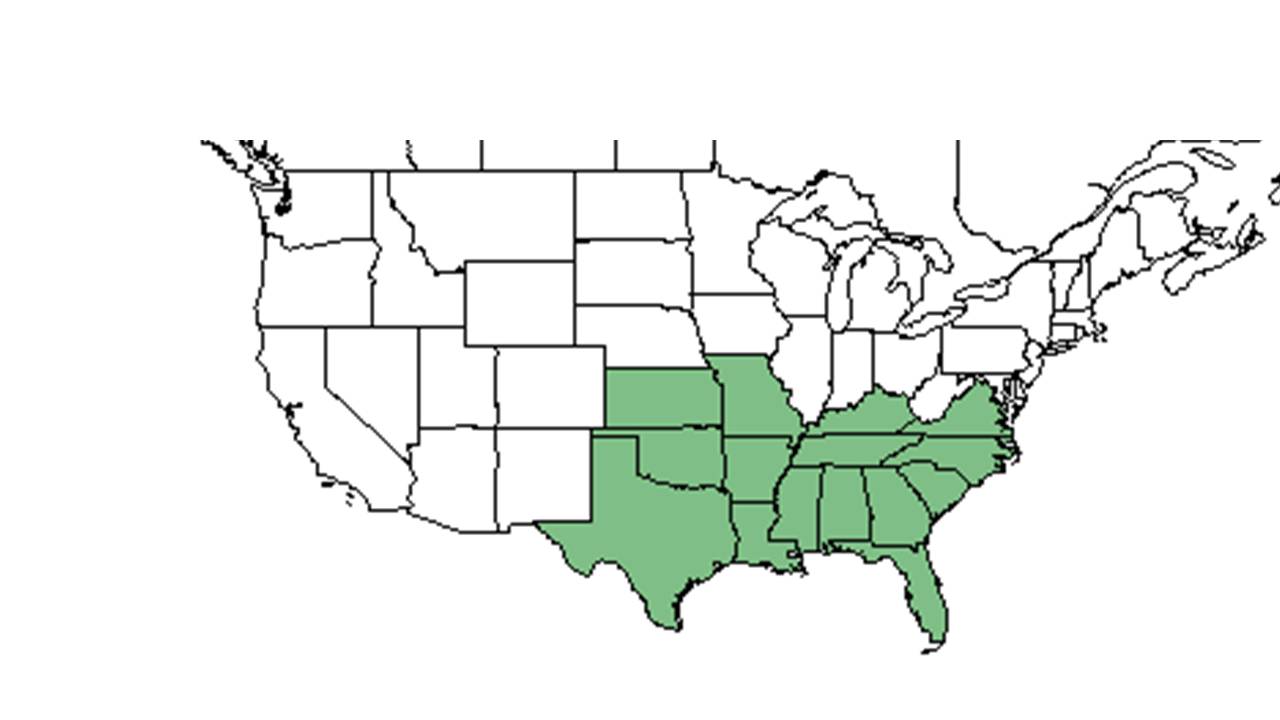Difference between revisions of "Scleria ciliata"
KatieMccoy (talk | contribs) |
KatieMccoy (talk | contribs) |
||
| Line 27: | Line 27: | ||
==Ecology== | ==Ecology== | ||
===Habitat=== <!--Natural communities, human disturbed habitats, topography, hydrology, soils, light, fire regime requirements for removal of competition, etc.--> | ===Habitat=== <!--Natural communities, human disturbed habitats, topography, hydrology, soils, light, fire regime requirements for removal of competition, etc.--> | ||
| − | + | ||
| + | ''S. ciliata'' can be found in longleaf pine flatwoods, burned longleaf pine forests, burned pine flatwoods, upland pine forests, burned upland longleaf pine forests, longleaf pine/wiregrass/scrub oak pinelands, grassy-scrub margins of depression marshes, open pinewoods, pine ridges between sloughs, longleaf pine-turkey oak sandridges and barrens, pine savannas, sandstone rock outcrops, xeric oak/saw palmetto scrubs, peaty flats bordering lakes, evergreen scrub oak sand ridges, bogs, wet hammocks, young pine plantations, moist meadows, swamp clearings, sandflats, burned old fields, burned palmetto-slashpine woodlands, and lake shores (Buckner and Landers, 1979; FSU Herbarium; Jutila and Grace, 2002). It can also occur in powerline corridors, open sandy chopped up fields, roadside depressions, turkey oak clearings, grassy pastures with ''Sarracenia flava'', along highways, clearings of pine stands, edges of logging roads, shrub bog clearings, open slashpine flatwoods, mixed hardwood/cabbage palm hammocks, a bulldozed area in scrub-oak barren behind beach, clearings of slash pine flatwoods, along walking trails, and drained clearings of wet hammocks. | ||
===Phenology=== <!--Timing off flowering, fruiting, seed dispersal, and environmental triggers. Cite PanFlora website if appropriate: http://www.gilnelson.com/PanFlora/ --> | ===Phenology=== <!--Timing off flowering, fruiting, seed dispersal, and environmental triggers. Cite PanFlora website if appropriate: http://www.gilnelson.com/PanFlora/ --> | ||
Revision as of 19:58, 6 October 2015
| Scleria ciliata | |
|---|---|
Error creating thumbnail: Unable to save thumbnail to destination
| |
| Scientific classification | |
| Kingdom: | Plantae |
| Division: | Magnoliophyta – Flowering plants |
| Class: | Liliopsida – Monocotyledons |
| Order: | Cyperales |
| Family: | Cyperaceae |
| Genus: | Scleria |
| Species: | S. ciliata |
| Binomial name | |
| Scleria ciliata Michx. | |

| |
| Natural range of Scleria ciliata from USDA NRCS Plants Database. | |
Common name: fringed nutrush
Contents
Taxonomic notes
Description
A description of Scleria ciliata is provided in The Flora of North America.
Distribution
Ecology
Habitat
S. ciliata can be found in longleaf pine flatwoods, burned longleaf pine forests, burned pine flatwoods, upland pine forests, burned upland longleaf pine forests, longleaf pine/wiregrass/scrub oak pinelands, grassy-scrub margins of depression marshes, open pinewoods, pine ridges between sloughs, longleaf pine-turkey oak sandridges and barrens, pine savannas, sandstone rock outcrops, xeric oak/saw palmetto scrubs, peaty flats bordering lakes, evergreen scrub oak sand ridges, bogs, wet hammocks, young pine plantations, moist meadows, swamp clearings, sandflats, burned old fields, burned palmetto-slashpine woodlands, and lake shores (Buckner and Landers, 1979; FSU Herbarium; Jutila and Grace, 2002). It can also occur in powerline corridors, open sandy chopped up fields, roadside depressions, turkey oak clearings, grassy pastures with Sarracenia flava, along highways, clearings of pine stands, edges of logging roads, shrub bog clearings, open slashpine flatwoods, mixed hardwood/cabbage palm hammocks, a bulldozed area in scrub-oak barren behind beach, clearings of slash pine flatwoods, along walking trails, and drained clearings of wet hammocks.
Phenology
Seed dispersal
Seed bank and germination
Fire ecology
S. ciliata reached its peak abundance in 3-year rough plots, plots which had been last burned 3 growing seasons ago (Buckner and Landers 1979).
Pollination
Use by animals
Diseases and parasites
Conservation and Management
Cultivation and restoration
Photo Gallery
References and notes
- Buckner, J. L. and J. L. Landers. 1979. Fire and disking effects on herbaceous food plants and seed supplies. Journal of Wildlife Management 43:807-811.
- Jutila, H. M. and J. B. Grace. 2002. Effects of disturbance on germination and seedling establishment in a coastal prairie grassland: a test of the competitive release hypothesis. Journal of Ecology 90:291-302.